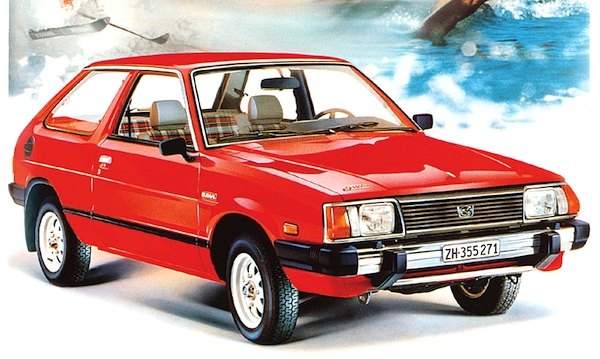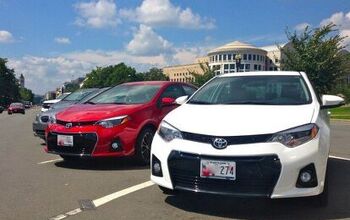Best Selling Cars Around The Globe: Japanese Earthquake in Switzerland
After marking September 11 with the US 2001 best-sellers, announcing the launch of the Africa Project and a couple of world updates ( Top 150 best-selling models in June 2012 and our monthly World Roundup for July 2012), today I have to stop in Switzerland because we are witnessing a Japanese earthquake there…
Not in the mood for mountainous countries? There are 167 other countries and territories in my blog ready for you to explore, so get to it!
Back to Switzerland.
I can hear you wondering what the … I’m talking about.
Well you see, Switzerland is very much like Germany when it comes to cars. Actually, the Swiss are more German than the Germans: the Volkswagen Golf has been the best-selling model since its inception in 1974, (that’s a whopping 38 years vs. around 20 for the Beetle!) whereas in Germany the Golf’s reign was interrupted by the Mercedes W123 in 1980.
And here comes the earthquake.
Although I haven’t received access to monthly sales figures in Switzerland before 2011, looking at the market share difference between the Golf and the #2 model at the end of each year, it is fair to assume that the Golf has been dominating the Swiss models ranking almost every single month since 1974.
In August 2012 and possibly for the first time since the nameplate’s original launch in 1974, the VW Golf is not the #1 model in Switzerland, not even #2 but #3 with 625 sales and 2.8 percent share.
There are two culprits in this unheard-of move: the Skoda Octavia, ranking at its usual #2 but passing the Golf for potentially the first time ever with 661 units and 3 percent share – still lower than its year-to-date level at 3.2 percent, and the outstanding performer of the month: the Subaru XV. After shooting up to a world-best 4th place last month, the XV does the unthinkable: it is up 3 spots to an unbelievable first place in Switzerland with 722 sales and 3.3 percent share – and this is even without counting sales of its twin Impreza (39)!
More by Matt Gasnier
Latest Car Reviews
Read moreLatest Product Reviews
Read moreRecent Comments
- Syke F1 fan and normally watch every race, although most of them are DVR'd. I've got my Xfinity box set up to record everything automatically. This past Sunday I watched the race live for a change.
- Jalop1991 There is no inflation. Everything is cheaper than it was 5 years ago. SHRIMP AND GRITS!
- ChristianWimmer Exterior and interior look pretty flawless for such a high mileage car. To me this is an indication that it was well-maintained and driven responsibly. It’s not my cup of tea but it’s bound to find an enthusiastic owner out there.And with ANY car, always budget for maintenance.
- Fred I'm a fan and watch every race. I've missed a few of the live races, but ESPN repeats them during more reasonable hours.
- Mikesixes It has potential benefits, but it has potential risks, too. It has inevitable costs, both in the price of the car and in future maintenance. Cars with ABS and airbags have cost me at least 2000 bucks in repairs, and have never saved me from any accidents. I'd rather these features were optional, and let the insurance companies figure out whether they do any good or not, and adjust their rates accordingly.




































Comments
Join the conversation
The farmers here love them some Subaroo 4x4s!
And what % of those XV's are diesel powered? Why not for the Canadian market, I'd buy it with a Diesel.